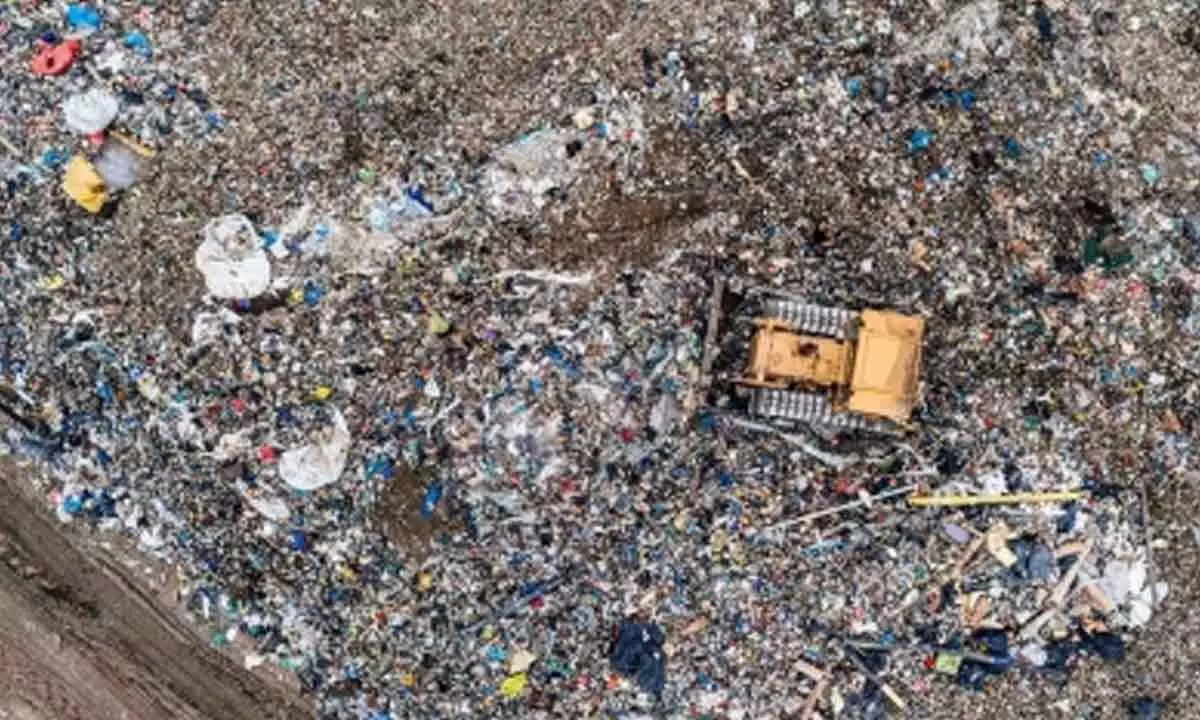NASA sensors to detect methane produced by landfills globally

NASA sensors to detect methane produced by landfills globally
NASA sensors will soon help scientists detect methane emitted by landfills across the globe, according to the US space agency.
Washington: NASA sensors will soon help scientists detect methane emitted by landfills across the globe, according to the US space agency.
A new project from a nonprofit group, Carbon Mapper, will use NASA instruments and data to measure emissions from solid waste sites such as landfills across the globe.
Currently, there is limited actionable information about methane emissions from the global waste sector.
"A comprehensive understanding of high-emission point sources from waste sites is a critical step to mitigating them," said Carbon Mapper CEO Riley Duren.
"New technological capabilities that are making these emissions visible - and therefore actionable - have the potential to change the game, elevating our collective understanding of near-term opportunities in this often overlooked sector," Duren added.
Observations from the Earth Surface Mineral Dust Source Investigation (EMIT) and other NASA science instruments will be part of a global survey of point-source emissions of methane from landfills.
Methane is a potent greenhouse gas, the source of roughly a quarter to a third of global warming caused by humans.
The aim of the new initiative is to establish a baseline assessment of global waste sites that emit methane at high rates.
This information can support decision-makers as they work to reduce the concentration of the gas in the atmosphere and limit climate change, said NASA.
Methane produced by the waste sector contributes an estimated 20 per cent of human-caused methane emissions.
Methane is more than 80 times more potent than carbon dioxide in trapping heat in the atmosphere.
"NASA JPL has a decade-long track record of using airborne imaging spectrometers to make high-quality observations of methane point-source emissions," said Robert Green, EMIT's principal investigator at JPL.
After the first year of the Carbon Mapper project, the researchers will conduct a broader survey of more than 10,000 landfills around the world using two satellites in the Carbon Mapper satellite programme.
















